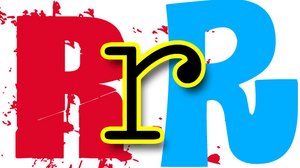K.I.S.S. Bad Stories Goodbye
One of the most useful maxims in life is known by the acronym K.I.S.S. I'm sure you've heard of it. It stands for “Keep It Simple Stupid”. But simplicity is not just the key to a happy life; it's also the key to great storytelling—which only makes sense because stories are about life. Well-written animated features, no matter how complex they may seem upon first viewing, have basic character and plot elements that are very simple. To create a simple, well-constructed story you need only answer the following questions...



















